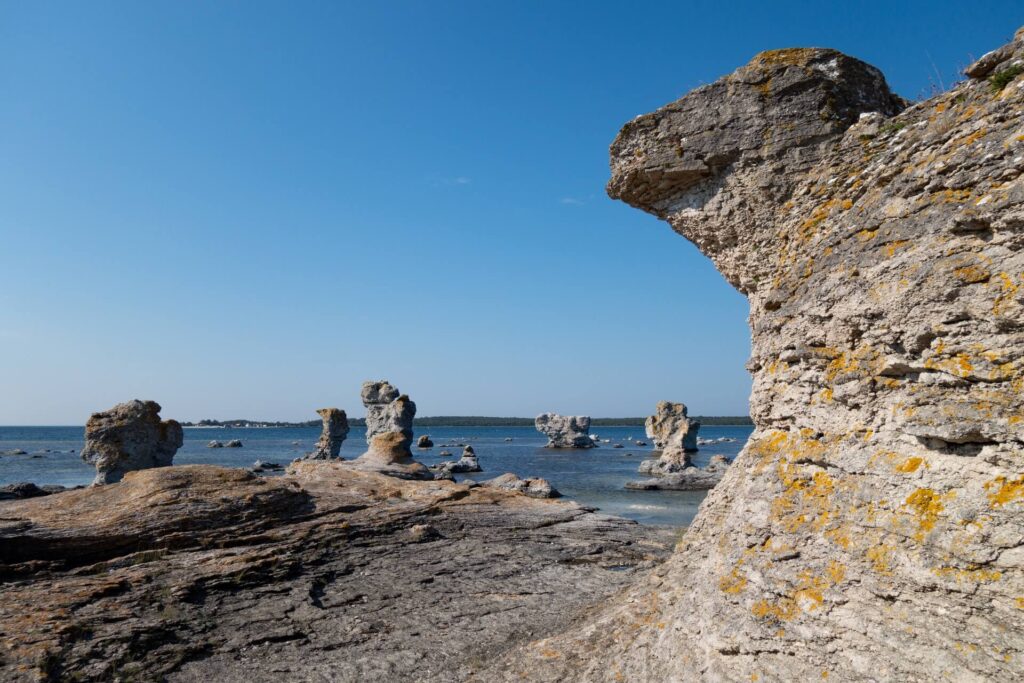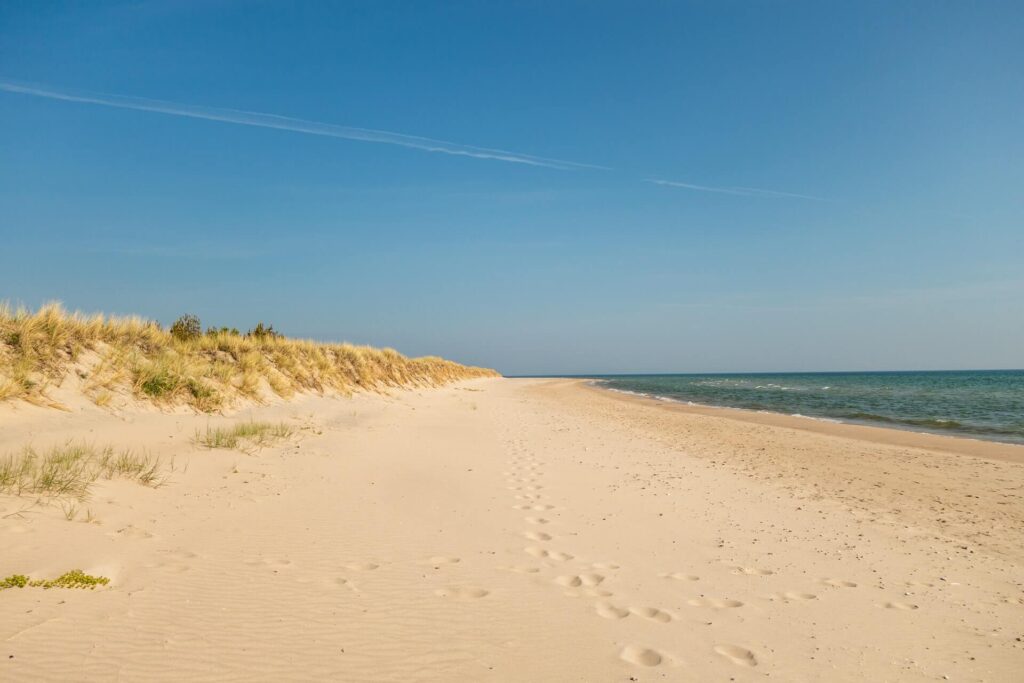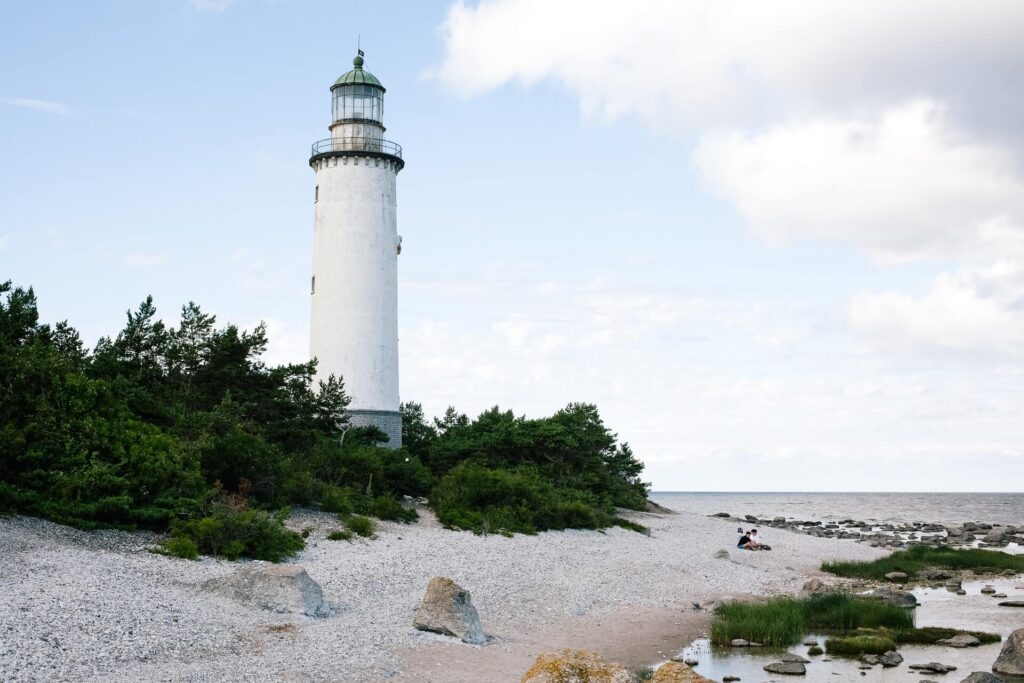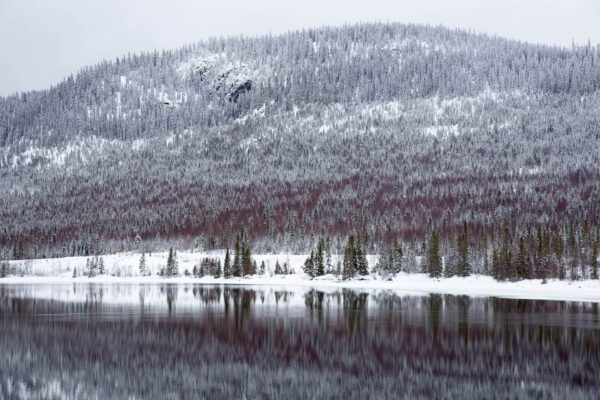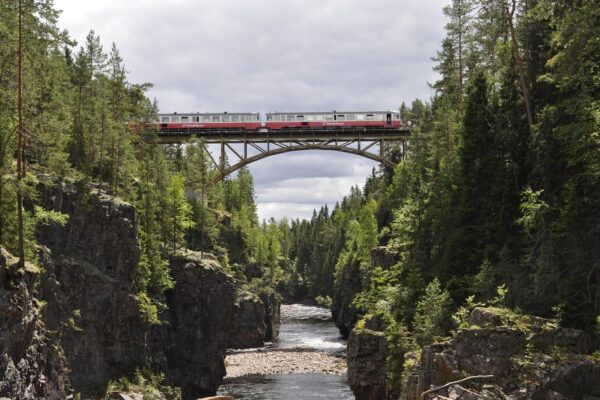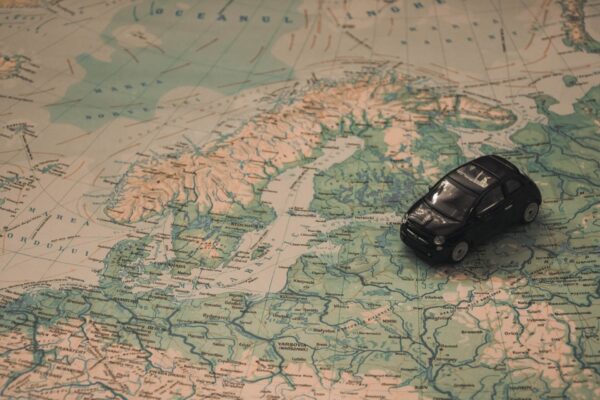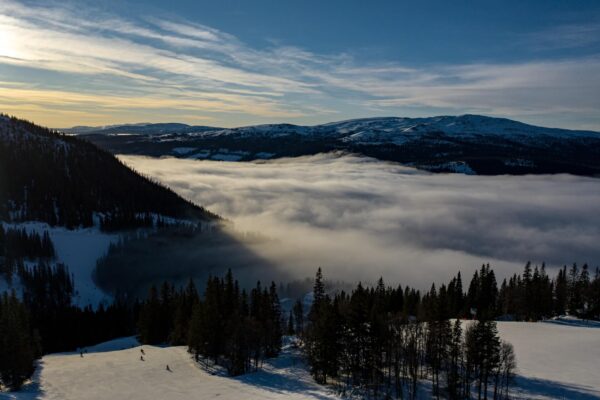Beautiful coastal areas, fascinating rock formations and marvellous flower meadows – all this can be found on Gotland and the surrounding small islands in the Baltic Sea. However, it’s not only the unique nature of the island world that you can experience here, but also the history and culture of the islands, as there are still many remnants from the Viking Age and the Middle Ages, especially in Gotland’s capital Visby.
Gotland is not only Sweden’s largest island, together with several other small islands it also forms the historic province of Gotland. The island world is characterised by rugged rock formations and species-rich nature. The name of the island goes back to the Goths, who are said to have started their conquests towards the European mainland from here. The island’s capital is Visby.
| Part of the country | Götaland (Southern Sweden) |
|---|---|
| Area | 3,140 km² |
| Inhabitants | 60,124 |
Nature experiences on Gotland: between rocket and orchids
Gotland offers a huge amount of fascinating and unusual nature experiences. As with most islands, Sweden’s Baltic Sea islands have their own rules when it comes to flora and fauna. There is much to discover on Gotland – whether on the coast or inland, or on one of the smaller neighbouring islands. By the way: the car ferry to Fårö is free of charge.
The best way to get a taste of the coast and the sea is to visit one of the impressive rocky coasts. Here, in the north of Gotland and on the neighbouring islands of Fårö and Lilla Karlsö, seemingly mystical rock formations rise up into the air: the Rauken, limestone pillars that are up to ten metres high. If you prefer to feel the sand under your feet when visiting the coast, you can visit one of the long sandy beaches, such as the three-kilometre-long Suderstrand beach on Fårö.
The many fields and meadows in the centre of the islands are popular with hikers and walkers. In spring, Gotland turns into a sea of flowers, when orchids in particular tinge the islands with new colours. However, the island can not only be explored by foot. Since Gotland is mostly flat, you can easily grab a bike as well. Especially the south of Gotland is popular with cyclists: the coast of Eksta is a nature reserve and offers four kilometres of an excellent cycle path with wonderful views of the neighbouring islands of Stora and Lilla Karlsö.
In summer, Gotland is one of the places with the most hours of sunshine in Sweden.
A special tip for fans of particularly wild and rugged nature is the island of Gotska Sandön, which is located about 40 kilometres north of Gotland. The entire island area is a national park, where you will not only find the dunes that give the island its name, but also dense forests and seemingly endless beaches. Ferries to Gotska Sandön depart from Fårösund on Gotland and from Stockholm, but must be booked in advance.
Gotland’s culture: characterised by knights and seafarers
Gotland’s culture is characterised by the island’s historical heritage. Relics and remains of prehistoric and medieval societies can be found almost everywhere, with the oldest artefacts dating back 8000 years. Gotland is home to many archaeological monuments, and the custom of ship-setting and image stones seems to have developed on the island. There are 400 rune stones alone on the island, as well as numerous wheel graves and stone tumuli. If you want to find out more about the early settlement of Gotland, you should visit the Bunge Open-Air Museum or the Gotlands Fornsal Museum in Visby.
Like much of the island, the capital Visby dates back to the Middle Ages – in the town centre you will find many buildings from the 13th century, including a city wall with towers and gates. Today, what was once the Hanseatic League’s most important base in the Baltic Sea, is on the UNESCO World Heritage List, as Visby is considered the best-preserved fortified trading town in Northern Europe. So if you want a taste of the Middle Ages, knights and times long past, you should definitely visit the island’s capital, stroll through the picturesque cobbled streets and pay a visit to the impressive cathedral.
But it is not only in Visby that the Middle Ages are tangible. There are a total of 92 churches on Gotland that were built between the 12th and 15th centuries. And if you want to immerse yourself completely in history, you should visit Gotland in August, when the annual Medieval Week takes place, during which knights’ games and medieval markets turn life on Gotland upside down.
Gotland: local and unusual specialities
If you want to enjoy good food, Gotland is the place for you. The island has plenty of culinary specialities to offer. One speciality, for example, is lamb. Its history goes back many centuries as well, as the Vikings already bred sheep on Gotland. The Guteschaf and Gotland sheep are not only known for their high-quality and warm wool, but also for their meat, which is aromatic and has a pleasant texture. Fish and seafood are also typical of Gotland.
As a former trade asset, some ingredients that are rather atypical for Sweden came to Gotland, especially spices. Saffron in particular is an integral part of Gotland cuisine, which is why you should definitely try the “Saffranspannkaka”, a kind of rice casserole with saffron, served with cream and jam. Gourmets can also try Gotland truffles, which are harvested between October and November and even have their own festival in November. Asparagus fans will also get their money’s worth on Gotland, as all types of asparagus are grown here.
If you like beer, you should definitely try the“Gotlandsdricka” – a smoky-sweet beer with a juniper flavour that has been brewed on Gotland for centuries. Gotland’s distinctive brewing culture is also reflected in the existence of many other breweries, particularly in the craft beer sector.
